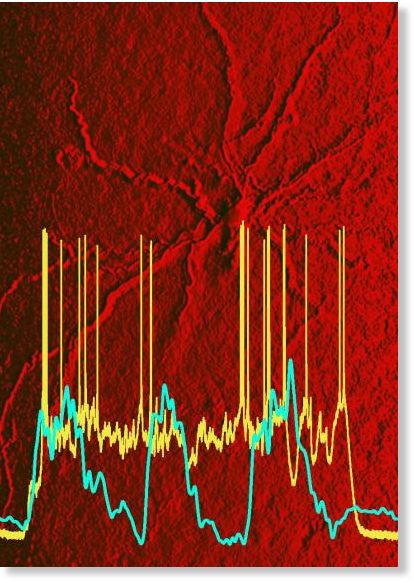
The research team simultaneously measured the activity of single neurons from multiple parts of the brain involved in memory formation. The technique allowed them to determine which brain region was activating other areas of the brain and how that activation was spreading, said study senior author Mayank R. Mehta, a professor of neurophysics in UCLA's departments of neurology, neurobiology, physics and astronomy.
In particular, Mehta and his team looked at three connected brain regions in mice - the new brain or the neocortex, the old brain or the hippocampus, and the entorhinal cortex, an intermediate brain that connects the new and the old brains. While previous studies have suggested that the dialogue between the old and the new brain during sleep was critical for memory formation, researchers had not investigated the contribution of the entorhinal cortex to this conversation, which turned out to be a game changer, Mehta said. His team found that the entorhinal cortex showed what is called persistent activity, which is thought to mediate working memory during waking life, for example when people pay close attention to remember things temporarily, such as recalling a phone number or following directions.
"The big surprise here is that this kind of persistent activity is happening during sleep, pretty much all the time." Mehta said. "These results are entirely novel and surprising. In fact, this working memory-like persistent activity occurred in the entorhinal cortex even under anesthesia."
The study appears Oct. 7, 2012 in the early online edition of the journal Nature Neuroscience.
The findings are important, Mehta said, because humans spend one-third of their lives sleeping and a lack of sleep results in adverse effects on health, including learning and memory problems.
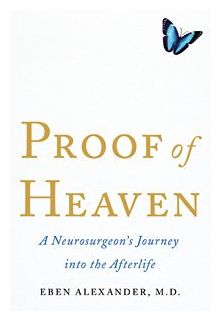

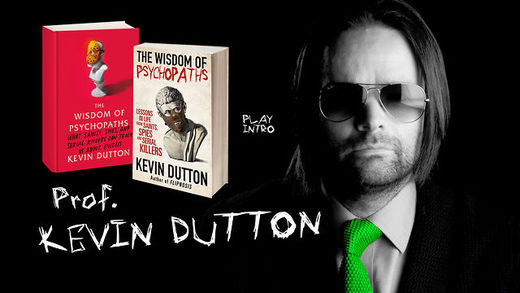
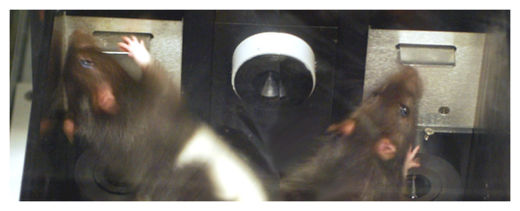
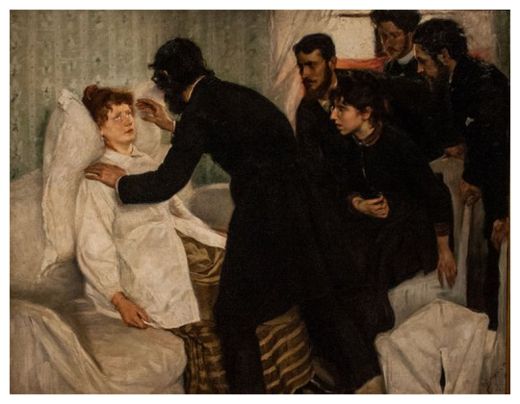




Comment: Society doesn't "need its share of psychopaths"; society is crippled by the presence of psychopaths. Just look at the state of affairs all these MBAs and CEOs have led us to: economic ruin, environmental wasteland, endless wars, deepening and widening poverty, ad nauseum. The collapse of civilization is the result of psychopaths taking over the world and reshaping it in their image, one void of empathy and marked for a major cosmic clean-up operation.
Oh, by the way, caveat lector, psychopaths too enjoy writing books about psychopaths...
From Internet Troll to Psychopathy Expert: The Con-Artistry of Thomas Sheridan